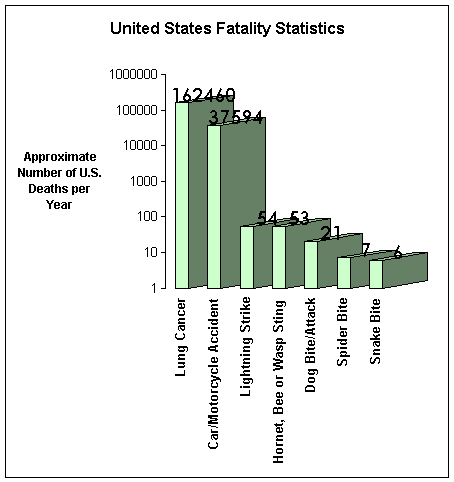No one knows how many timber rattlesnakes there are in Massachusetts — and this is a sticking point for opponents of a plan to boost the endangered species population.
Does this species of venomous snakes really need saving?
Over the past few years, state scientists and conservationists have been devising plans to increase the what they’re calling an “endangered” timber rattlesnake population by creating a breeding ground for the snakes. Two places that have been looked at are the Mount Zion island at Quabbin Reservoir and Mount Tom on the Easthampton-Holyoke border.
It’s difficult to count the number of timber rattlesnakes in any area because they’re hard to find. The snakes often live communally and if you don’t know where that community den is, it’s hard to figure out how many rattlers are in a given area. What we do know, from historical records, is that Massachusetts used to literally be crawling with the slitherers. The timber rattlesnake is the one depicted on one of America’s earliest flags: “Don’t Tread on Me.”
But “tread” we have.

Graphic courtesy University of Florida Department of Wildlife Ecology and Conservation.
Residents — particularly hikers, fishers, and dog walkers — are nervous about the plans. Timber rattlesnakes are venomous, after all, and they bite. Why put predatory animals in places where people congregate in nature? They’re also worried that, in the future, now open space could become restricted to protect the snakes.
Across the U.S., there are about 7,000-8,000 snake bites reported each year; five or six of those bites ends up being fatal, according to NatureServe, an Arlington-based nonprofit that collects data on native American species. There isn’t any data for how many pets are bitten by snakes every year, but the Minnesota Department of Natural Resources — which had some of the best government info on timber rattlesnakes and their bites — said most veterinarians treat snake bites with anti inflammatory medication and antibiotics. For more advice, there’s the Pet Poison Hotline at 1-800-213-6680.
The snakes do need protecting, though — from us. The number one reason the timber rattlesnake population has plunged is because people are killing them (road kill) and destroying their habitats, according to the Massachusetts Department of Fish and Game. And for the sake of biodiversity and small disease-carrying rodent control, the timber snakes are an important part of the Western Mass landscape.
Hundreds of people have come out against the plans during public meetings held by the Rattlesnake Review Working Group — a committee of scientists, conservationists, recreationalists, and concerned citizens who will make recommendations to the state about how to restore the timber rattlesnake population in Western Mass.
Joseph Larson, chairman, said the committee has received more than 300 comments from the public. Committee members have said the comments are starting to get redundant. To fulfill the group’s charge, members have one more meeting to be scheduled in April with an option to hold a fifth later.
Critics of the plan have also been skeptical about the timing and location of the public meetings which, so far, have been held in Ware and Belchertown — places that are a bit out of the way. I received several emails and phone calls this past week from people annoyed that the meetings aren’t being held in more populated areas that could be directly impacted by the snakes — Easthampton and Holyoke.
The bottom line is: This snake population will not explode if given a few extra chances to survive. We’re coming close to wiping them out now and we’re not even trying. An uptick in rattlesnake bites is also unlikely as a person would have to ignore the angry rattling of a snake as well as its defensive stance and go right in for a hug. Even then, the snake is unlikely to sink any venom into a person — we’re too big and venom is too precious to waste on anything other than food.
Helping the timber rattlesnakes survive will mean very little change from people in the area. The small sacrifices of increased awareness in the woods and not treading on protected snake dens is worthwhile if it does anything to save a species.
Contact Kristin Palpini at editor@valleyadvocate.com.


